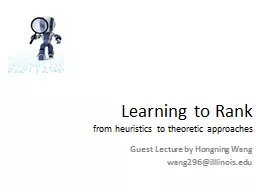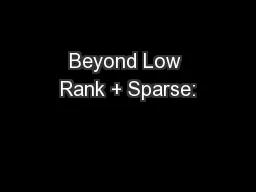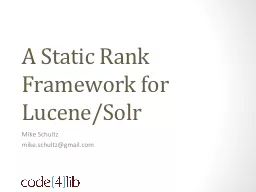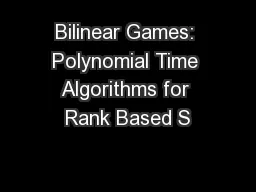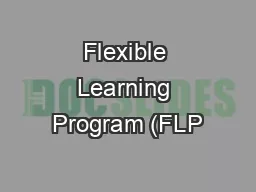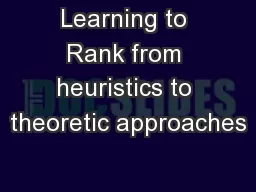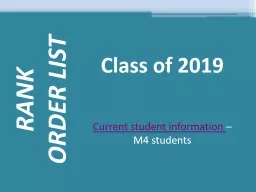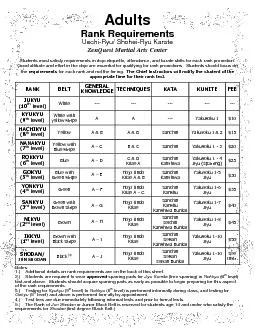PPT-Learning to Rank
Author : yoshiko-marsland | Published Date : 2016-06-27
from heuristics to theoretic approaches Guest Lecture by Hongning Wang wang296illlinoisedu Congratulations Job Offer Design the ranking module for Bingcom Guest
Presentation Embed Code
Download Presentation
Download Presentation The PPT/PDF document "Learning to Rank" is the property of its rightful owner. Permission is granted to download and print the materials on this website for personal, non-commercial use only, and to display it on your personal computer provided you do not modify the materials and that you retain all copyright notices contained in the materials. By downloading content from our website, you accept the terms of this agreement.
Learning to Rank: Transcript
Download Rules Of Document
"Learning to Rank"The content belongs to its owner. You may download and print it for personal use, without modification, and keep all copyright notices. By downloading, you agree to these terms.
Related Documents

